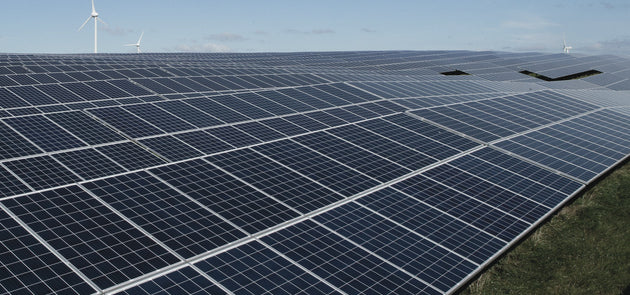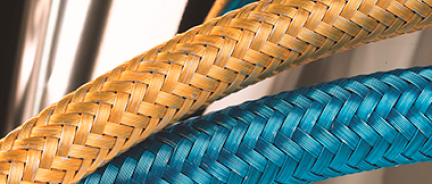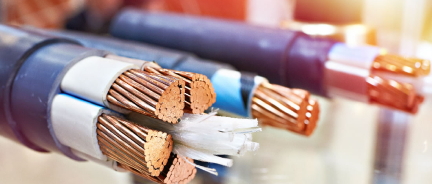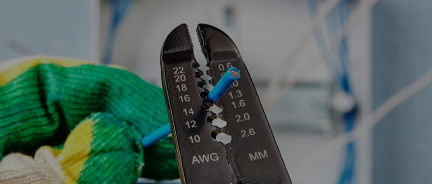Low-voltage vs. Medium-voltage Power cables: How are they used in wind farms?

Low-voltage and medium-voltage power cables (often referred to simply as LV and MV) are the two most common types of power cables used to power wind turbines and wind farms in general. Let's cover the differences between their applications.
How are low-voltage cables used in wind farms?
Low-voltage cables are cables up to 1000 V. In wind turbines, LV cables are used for a limited range of applications. In particular, Low-voltage cables are used for:
- For connecting the generator to the transformer
- For transforming power from the wind turbine to a generator (both LV and MV cables are used for this)
- For lighting in the tower and across the wind farm
- Within turbine generators of a standard size (typical voltage around 700 -1000 volts)
How are medium-voltage cables used in wind farms?
Medium voltage are the cables with a voltage higher than 1000v. In wind farms, medium-voltage cables can be used for power as a compromise between low-voltage and high-voltage solutions. MV cables are used for budgeting reasons because high-voltage cables have high prices, and not all wind farms can allow relying on high-voltage wire and cable exclusively. Medium-voltage cable systems are also sometimes more beneficial than low-voltage because they are compact.
Depending on the circumstances, all types of medium-voltage cables can be used in wind farms for power. This includes 2.4 KV, 5 KV/8KV, 15KV, and 25 KV/KV. However, the typical voltage for the medium-voltage cables in the United States is 10 KV TO 35 KV. If you have any doubts, go with your country's standard MV cable voltage.
Medium-voltage MV cables in wind farms are used in:
- Underground and overhead power lines ( with underground being the most common out of the two)
- Bringing power from the nacelle to the base of the tower
- Within large turbine generators (3kV voltage ones)


















